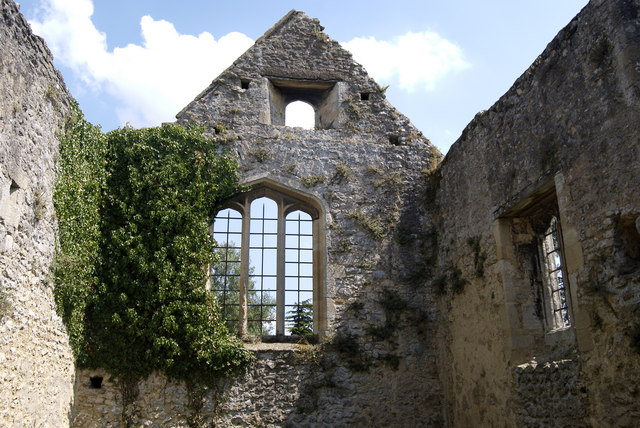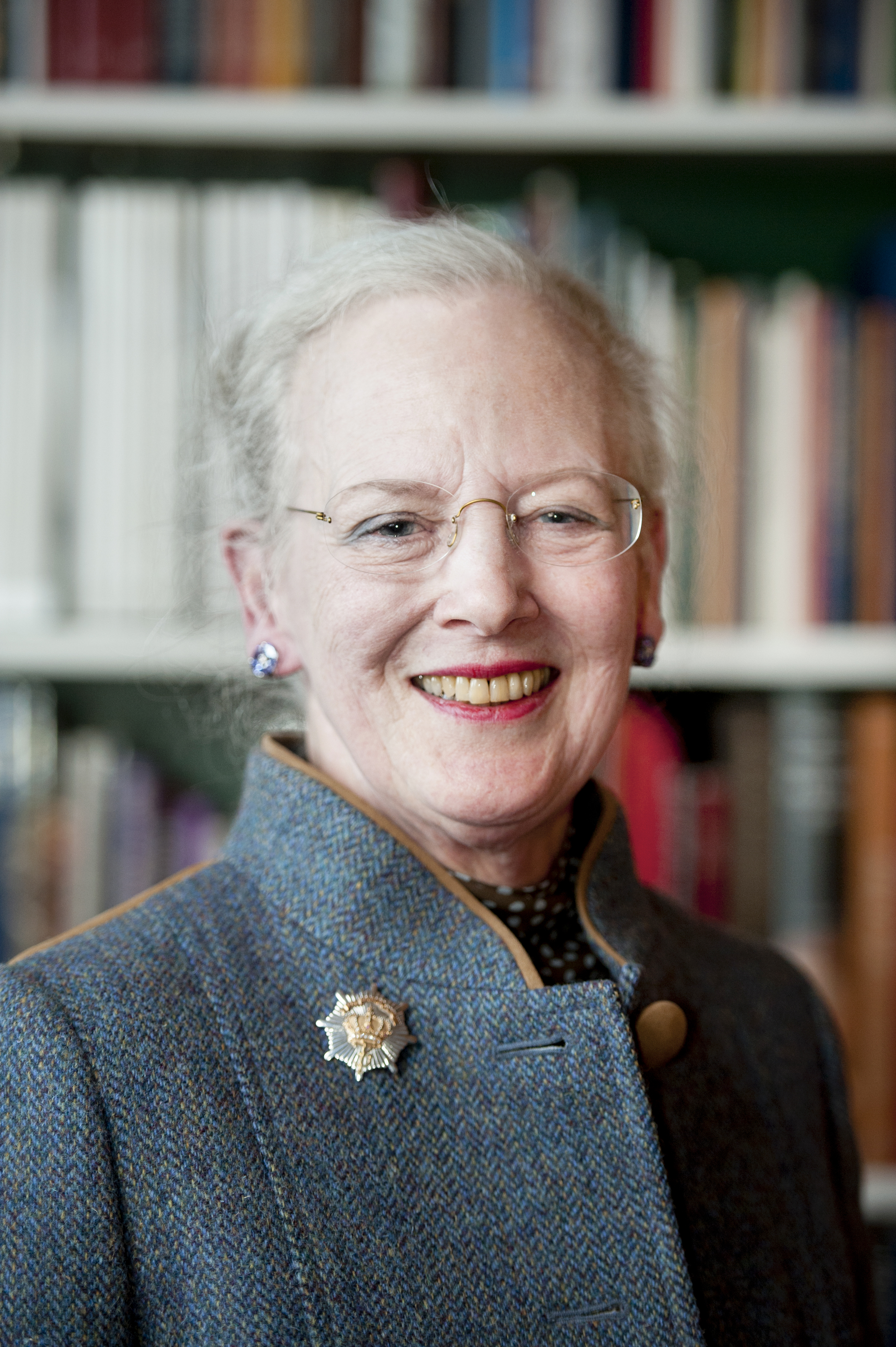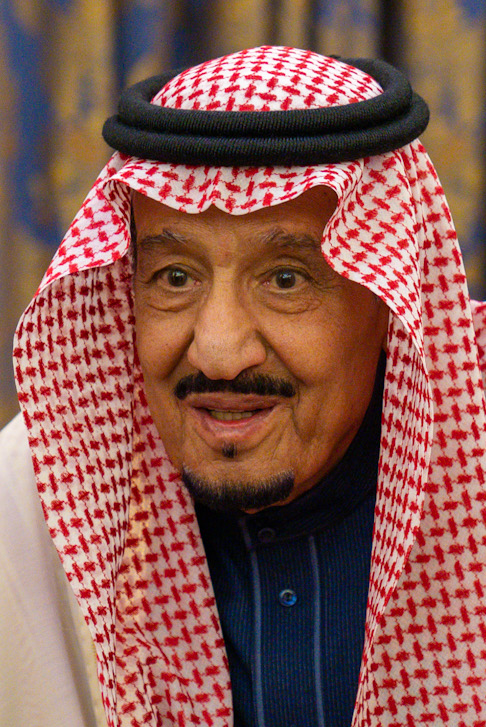by Susan Flantzer
© Unofficial Royalty 2024

Arms of Gwynedd; Credit – By Sodacan – Own work, https://commons.wikimedia.org/w/index.php?curid=11593007
Wales was divided into a number of separate kingdoms. The largest of these was Gwynedd in northwest Wales and Powys in east Wales. Gwynedd was the most powerful of the Welsh kingdoms. For one man to rule all of Wales during this period was rare. This was because of the inheritance system practiced in Wales. All sons received an equal share of their father’s property, including illegitimate sons, resulting in the division of territories.
Wales c. 1217: Yellow areas directly ruled by Llywelyn the Great, Grey areas ruled by Llywelyn’s client princes, Green ruled by Anglo-Norman lords; Credit – Wikipedia
The Principality of Wales was created in 1216 at the Council of Aberdyfi when it was agreed by Llywelyn the Great and the other Welsh princes that he was the paramount Welsh ruler and the other Welsh princes would pay homage to him. Although he never used the title, Llywelyn was the de facto Prince of Wales. Llywelyn dominated Wales for 45 years and was one of only two Welsh rulers to be called “the Great”, the other being his ancestor Rhodri the Great. Llywelyn was succeeded by his son Dafydd ap Llywelyn and then by his two grandsons who were the sons of his illegitimate son Gruffydd ap Llywelyn.
The campaign of King Edward I of England in Wales (1276 – 1284) resulted in Wales being completely taken over by England. It ended with the deaths of the last two native Princes of Wales: Llywelyn ap Gruffudd who was ambushed and killed in 1282 and his brother Dafydd ap Gruffydd, who was the first prominent person in recorded history to have been hanged, drawn, and quartered, in 1283. To ensure there would be no further members of the House of Aberffraw, the English imprisoned Dafydd ap Gruffydd’s two young sons for the rest of their lives at Bristol Castle and sent his daughter and the daughter of his brother Llywelyn ap Gruffydd to convents. To further humiliate the Welsh, King Edward I invested his son and heir, the future King Edward II, with the title Prince of Wales. Since then, the title has been granted (with a few exceptions) to the heir apparent of the English or British monarch.
*********************
(Note: In Welsh, “ap” means “son of” and “ferch” means “daughter of”)
Born circa 1222 at Bramber Castle, in Bramber, Sussex, England, Isabella de Braose was the eldest of the four daughters of William de Braose, Lord of Abergavenny, one of the most powerful barons in the Welsh Marches, and Eva Marshal, daughter of William Marshal, 1st Earl of Pembroke, who served five Kings of England – King Henry II, his sons Henry the Young King, King Richard I, and King John, and John’s son King Henry III. Isabella’s paternal grandparents were Reginald de Braose and his first wife Grecia Briwere. Her maternal grandparents were William Marshal, 1st Earl of Pembroke (served five Kings of England – King Henry II, his sons Henry the Young King, King Richard I, and King John, and John’s son King Henry III) and Isabel de Clare, 4th Countess of Pembroke in her own right (daughter of Richard de Clare, 2nd Earl of Pembroke, known to history as Strongbow).
Isabella had three younger sisters:
- Maud de Braose (circa 1224 – 1301), married Roger Mortimer, 1st Baron Wigmore, had at least six children
- Eleanor de Braose (circa 1226 – 1251), married Humphrey de Bohun, had four children
- Eva de Braose (circa 1227 – 1255), married William de Cantelou, Baron of Eaton Bray, had five children
In 1228, Isabella was betrothed to Dafydd ap Llywelyn, son of Llywelyn ap Iorwerth, also known as Llywelyn the Great, Prince of Gwynedd and Prince of Powys Wenwynwyn, and Joan, Lady of Wales, an illegitimate daughter of King John of England. The betrothal came about interestingly. In 1228, Isabella’s father William de Braose was captured in battle by Dafydd’s father Llywelyn the Great, Prince of Gwynedd. To be released, William de Braose had to pay a ransom of £2,000, agree to never take up arms against Llywelyn, and agree to arrange the marriage between his eldest daughter and co-heiress Isabella. With these terms agreed to, William de Braose was released in 1229.
Before the marriage could take place, a scandalous incident occurred. During a friendly visit to Llywelyn’s court during Eastertide, William de Braose was found in the middle of the night in the bedchamber of Llywelyn’s wife Joan. Llywelyn had Joan and William separately imprisoned. Joan was eventually released by her husband but William da Braose was publicly hanged on May 2, 1230. However, Llywelyn did not wish to jeopardize his son’s advantageous proposed marriage. He wrote to William’s widow Eva, explaining that he had been forced to order the hanging due to the insistence by the Welsh lords, and to Eva’s brother William Marshal, 2nd Earl of Pembroke, who was the guardian of Isabella and her three sisters, expressing his desire for the marriage to continue. Dafydd and Isabella were married in 1230 but their marriage was childless.
Manuscript drawing showing Llywelyn the Great on his deathbed with his sons Gruffydd and Dafydd, Isabella’s husband. By Matthew Paris, circa 1259; Credit – Wikipedia
Dafydd’s father Llywelyn suffered a stroke in 1237, and thereafter Dafydd took an increasing part in the rule of the principality of Gwynedd. On April 11, 1240, Llywelyn the Great died and Isabella’s husband Dafydd succeeded him as Prince of Gwynedd. He reigned for a little less than six years, dying on February 25, 1246, at Aber Garth Celyn, the royal palace in Abergwyngregyn, Wales. According to Welsh law, as the widow of Dafydd, Prince of Gwynedd, Isabella inherited livestock and other property. Isabella’s dowry was contested by the English crown and it was transferred to the English crown via the 1247 Treaty of Woodstock. However, upon the death of her mother in 1246, Isabella had inherited Haverfordwest Castle in Wales, and land in Caerleon and Glamorgan, also in Wales. Isabella died circa 1248, probably at Godstow Abbey, now in ruins, in Gosstow, Oxfordshire, England, where she was buried.

Godstow Abbey ruins; Credit – By Adrian Miller, CC BY-SA 2.0, https://commons.wikimedia.org/w/index.php?curid=13594010
Isabella and her husband Dafydd are among the characters in the late Sharon Penman‘s wonderful historical fiction trilogy, The Welsh Trilogy (The Reckoning, Falls the Shadow, and Here Be Dragons). Sharon Penman’s research was impeccable and this writer learned much about Welsh history by reading the three novels.
This article is the intellectual property of Unofficial Royalty and is NOT TO BE COPIED, EDITED, OR POSTED IN ANY FORM ON ANOTHER WEBSITE under any circumstances. It is permissible to use a link that directs to Unofficial Royalty.
Works Cited
- Flantzer, Susan. (2023). Dafydd ap Llywelyn, Prince of Gwynedd. Unofficial Royalty.
- Isabella Braose. WikiTree. (2020). https://www.wikitree.com/wiki/Braose-28
- Wikimedia Foundation. (2022). Isabella de Braose. Wikipedia. https://en.wikipedia.org/wiki/Isabella_de_Braose
- Wikimedia Foundation. (2023). William de Braose (died 1230). Wikipedia. https://en.wikipedia.org/wiki/William_de_Braose_(died_1230)













